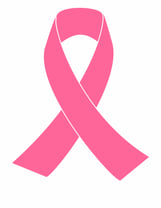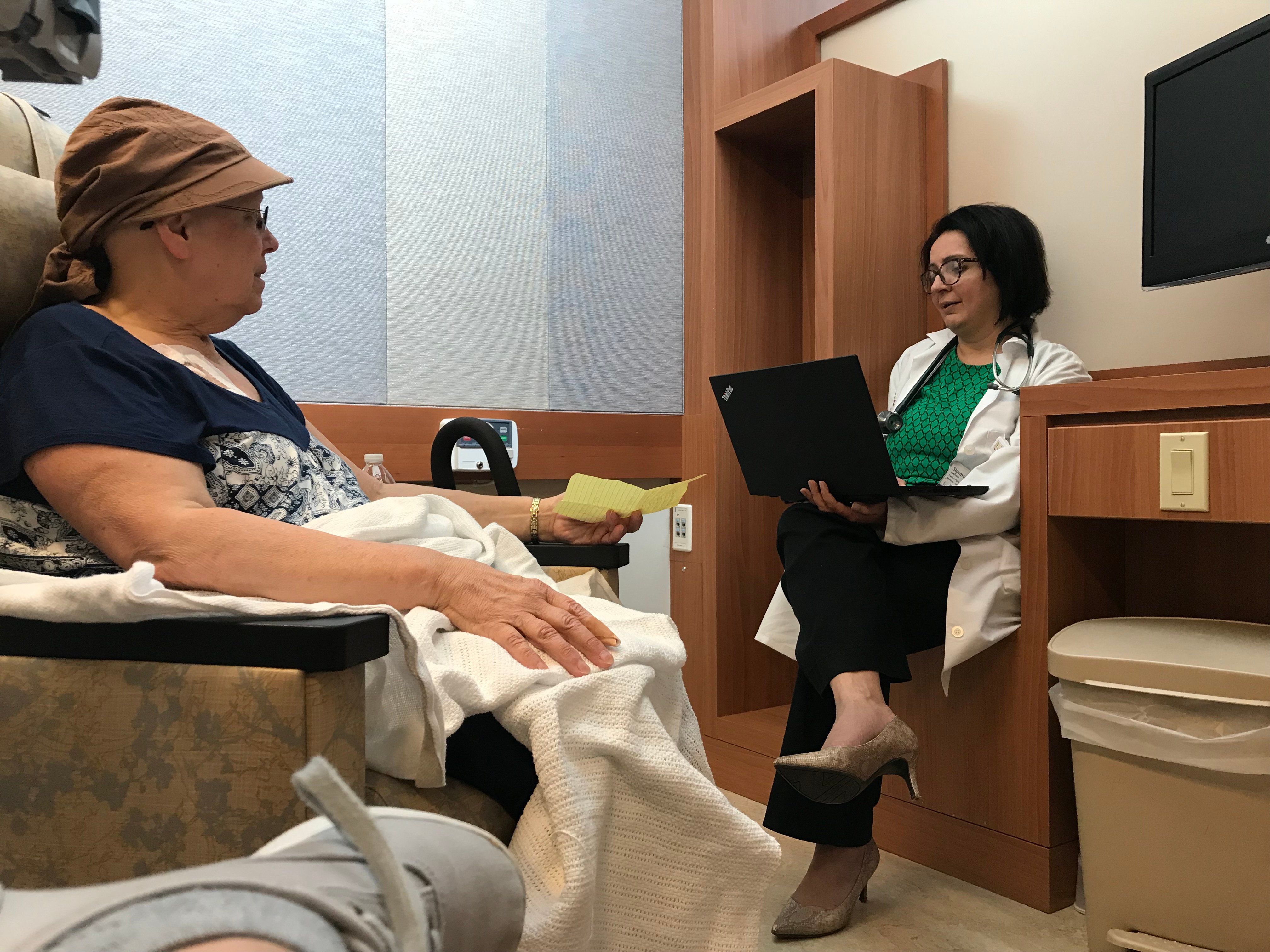In June of 2018, I accepted my first job out of college working for Array, a healthcare architecture firm. In light of that decision, my family anticipated that I was going to be the one spending the most time speaking with doctors and being in and out of hospitals. However, this did not end up being the case. Instead, my family had an experience with cancer on the horizon. This experience has offered me an opportunity to gain a unique perspective as a healthcare designer.

I want to take this opportunity to celebrate the endurance of my mother who was diagnosed with Stage II Breast Cancer earlier this year. This post arrives in the month that has been set aside to raise awareness for Breast Cancer. Her story began like many others. She went in for a routine mammography and the technician found something that looked “suspicious” and recommended a biopsy. There was about a 10-day wait period for the prognosis – the most challenging timeframe because the disease is so unfamiliar and one does not yet have a full support team in place. While the news was not what we wanted to hear, the doctors did not give my mom a chance to dwell on the prognosis. The breast surgeon and oncologist developed a course of action set to commence immediately.
Throughout the summer I was able to take my mom to two rounds of chemo treatments on Friday afternoons. I used the knowledge I had acquired in my year at Array to observe the process of both doctors and patients, drawing from knowledge of the spaces that I helped to create. One of the best things for my mother going through this was the regular routine that was developed. When she got on site, the directions were clear: check in here, get blood drawn in the lab, be served a drink and snack while you wait to be called, speak privately with your doctor, and so on. For any patient this seems ideal because she was able to take herself to all of these locations. It provided her comfort knowing what to expect and gave her independence and control.
-2.png?width=600&name=Untitled%20design%20(2)-2.png)
Thankfully, my mother had access to support groups and workshops where she was able to meet with people going through the same thing or those already in recovery. These resources helped her feel connected, prepared her for what was to come and made her ready when it did. At moments, her confidence was rattled, but she always managed to come through because of the constant attention and support team encouraging her.
At Array, we design with all users’ perspectives at the forefront of our work. We know that voices like my mother’s are crucial to the design process. From the beginning, there are user group meetings incorporated into our design process. Often, we have the opportunity to speak with personnel to learn what is most critical to the success of their work. These individuals offer their perspective and the point of view of the patients who are more challenging to speak with directly because of privacy concerns. One of the most common requests from a facility network is patient access to public and private spaces. For me, this is understandably important after seeing how my mom benefitted from moments to herself and thrived at moments when she was able to share with others.

Getting the chance to see doctors interacting with their patients was incredibly rewarding for me. During the sessions I attended, I saw the doctors in action with many different patients and spaces I had become very familiar with the lay out of the space. There was time spent in treatment rooms where I saw how two doctors had to work side-by-side and move around me and attend to my mother. I developed a much greater appreciation for the functionality and use of limited space while standing behind a door in one particularly small room. In the infusion bays I felt like I knew where everything could be found and why the program had its particular layout. Equipment and medicines were constantly moving between spaces, and the staff clearly knew how their system worked best for their efficiency and patient comfort. There was a constant visual connection between patient and staff, no matter where anyone was placed.
One minor setback during this process that proved to be impressive was a result of an incident involving my mother. During one of her treatments she got up to stretch her legs and one of the IV bags disconnected. Only a few drips of her chemo ended up on the floor but the medical staff was on top of it immediately. They set my mom up once more, cleaned the spill and decontaminated her shoes all while wearing full hazmat suits. Following this accident, there were staff trainings and seminars to remind people to always be cognizant of this possible occurrence. My mother found this funny because she does not like to be the center of attention but caused such chaos that day. This event was further evidence of the quick response capability nurses need to have in their workspaces in order to mitigate the risk medical facilities can experience working with different medicines.
I have always thought that the concept of healthcare architecture solely involved the spaces within a hospital lobby or consult room, operating room, specialty clinic, etc. However, after watching my mom undergo eight rounds of chemotherapy, surgery, and radiation treatments, I more fully understand that the patient’s path to recovery goes far beyond the confines of a hospital. Healthcare design can impact many of the supporting realms that help patients heal. Healthcare projects need to be able to support and enhance the noble effort of the overall healthcare system in order to get the best user results.
-3.png?width=600&name=Untitled%20design%20(3)-3.png)
Healthcare design should allow patients to be honest with themselves. As my family’s journey continues, each day is fortunately moving closer to a positive outcome. Lately, I find myself going back to the very start of this experience when my mother and I found ourselves inside the Thorncrown Chapel in Eureka Springs, Arkansas. We knew very little at this time but we were able to sit quietly with each other and find a few moments of peace. The interior of the sanctuary provided us comfort while the overall architecture surrounded us with nature and light. The emotional experience felt that day is something that is critical to capture through healthcare design. It can restore one’s faith, rebuild confidence and allow a few moments to rest. Healthcare design has unlimited possibilities to make everyone’s moments of healing go far beyond the standard expectation.
Explore other patients perspectives to learn how our designers draw from real life experience in their work.


